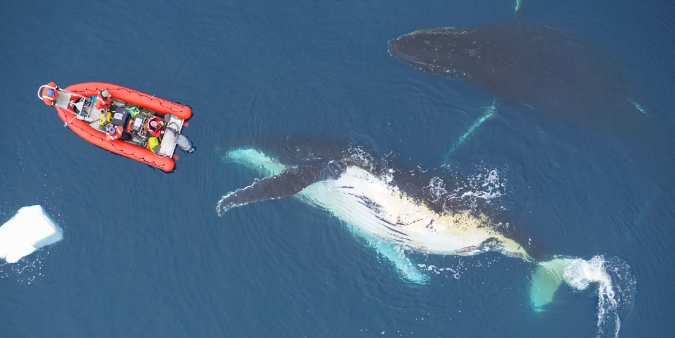The Blue Whale, the largest animal on Earth, has long been a mystery in terms of its diet. Scientists have been working tirelessly to uncover the secrets of what this majestic creature eats to sustain its massive size.
Krill: A Tiny but Mighty Meal
One of the main components of the Blue Whale’s diet is krill, small shrimp-like creatures that swarm in the oceans in massive numbers. These tiny crustaceans provide the Blue Whale with a rich source of energy and nutrients, allowing it to grow to its enormous size.
Filter Feeding: A Unique Feeding Strategy
Blue Whales are filter feeders, meaning that they use baleen plates in their mouths to filter out krill from the water as they swim. This allows them to consume large quantities of krill in a relatively short amount of time, efficiently sustaining their massive bodies.
Migration Patterns: Following the Food Source
Blue Whales are known to migrate thousands of miles in search of krill-rich waters. They often follow the Pacific Coast during the summer months when krill populations are at their peak, then move to warmer waters during the winter to give birth and raise their young.
Balanced Diet: More than Just Krill
While krill makes up the majority of the Blue Whale’s diet, they have also been known to consume small fish and squid on occasion. This ensures that they are getting a diverse range of nutrients to support their immense size and energy needs.
Conservation Concerns: Protecting the Blue Whale’s Food Source
As human activities such as overfishing and climate change continue to threaten the populations of krill, there is growing concern about the impact on the Blue Whales’ ability to find enough food. Conservation efforts are underway to protect the delicate balance of the ocean’s ecosystems and ensure that the Blue Whale’s mysterious diet remains sustainable for generations to come.
In conclusion, the diet of the Blue Whale may be simple in terms of the types of food it consumes, but the intricacies of how it finds and consumes its meals are truly fascinating. By understanding and protecting the sources of their food, we can ensure the continued survival of these incredible creatures in our oceans.

